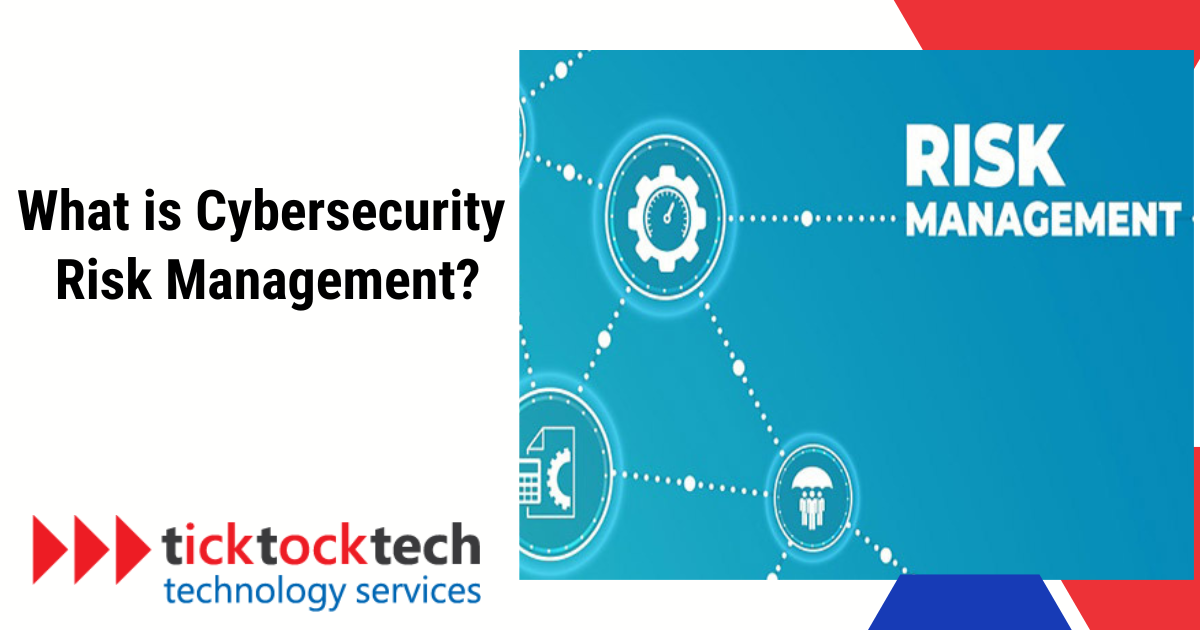Cybersecurity risk management is the process of analyzing, evaluating, and addressing cybersecurity risks. It involves a systematic approach to managing the privacy, integrity, and accessibility of data, with the ultimate goal of protecting it from cyber attacks, data breaches, and other security threats.
Understanding Cybersecurity Risks
Cybersecurity risks encompass any potential for loss or harm related to the technical infrastructure or the use of technology within an organization. These risks are caused by several sources including cyber criminals, insider threats, poor information security practices, or even accidental exposures. Common examples of these risks include phishing attacks, malware infections, data breaches, and denial-of-service attacks.
The Process of Cybersecurity Risk Management
Cybersecurity risk management involves several key steps for comprehensive security planning:
1. Risk identification
This first step involves the identification of key assets, resources, and sensitive data that could be potential targets for cyber threats. Organizations must also understand their threat landscape, which includes identifying potential attackers and their methods.
2. Risk analysis
After identifying risks, the next step is to analyze the likelihood of each risk occurring along with its potential impact. This analysis helps in prioritizing the risks based on the potential damage they could cause.
3. Risk mitigation
Based on the prioritization, organizations develop and implement strategies to mitigate risks. This can include deploying technological solutions (like firewalls and antivirus software), implementing policies and procedures, conducting training and awareness programs, and more.
4. Risk monitoring and reporting
Cybersecurity is dynamic, so ongoing monitoring of risk controls and the current threat environment is essential. This includes regular assessments and audits to ensure controls are effective and to adapt to new or evolving threats. Reporting, both internally and to external stakeholders (where necessary), is also crucial to maintain transparency and compliance.
5. Review and improvement
As cyber threats evolve, so should cybersecurity risk management strategies. Regularly reviewing and updating policies, procedures, and controls in response to new threats or after a security breach is crucial. This includes learning from past incidents and making necessary adjustments to the risk management plan.
Tools and Technologies
Many tools and technologies facilitate effective cybersecurity risk management. These include:
- Security Information and Event Management (SIEM) systems: They provide real-time analysis of security alerts generated by applications and network hardware.
- Vulnerability management tools: They help in detecting and addressing vulnerabilities in the system before they can be exploited.
- Firewalls and Intrusion Detection Systems (IDS): They serve as fundamental barriers against external threats.
- Advanced analytical tools and technologies: Artificial Intelligence (AI) and Machine Learning (ML) are also increasingly utilized to predict potential vulnerabilities and automate threat detection.
Importance of Cybersecurity Risk Management
Cybersecurity risk management is not just about preventing data breaches; it is also crucial for maintaining the trust of customers, stakeholders, and regulatory bodies. A robust cybersecurity posture can protect an organization from financial loss, reputational damage, and legal consequences associated with data breaches and other security incidents.
Moreover, in many domains, there are legal and regulatory requirements that organizations must meet about data protection and cybersecurity. Effective risk management ensures compliance with these regulations, thus avoiding potential fines and legal penalties.
Challenges in Cybersecurity Risk Management
Cybersecurity risk management faces several challenges, some of which are:
- Evolving threats: As technology advances, so do the methods and tactics used by cyber attackers.
- Resource constraints: Limited budgets and human resources can restrict an organization’s ability to implement effective cybersecurity measures.
- The complexity of IT environments: Modern IT environments are complex and can include cloud services, remote work setups, and an array of interconnected devices which can complicate security management.
- Compliance and regulatory issues: Organizations must navigate a complex landscape of industry-specific regulations, which can vary by region and type of data handled.
Frequently Asked Questions
Conclusion
Effective cybersecurity risk management is crucial for the protection of an organization’s assets and the maintenance of its operational integrity. By understanding and implementing risk management strategies, organizations can significantly reduce their vulnerability to cyber threats and ensure that they can respond effectively to incidents when they occur.

